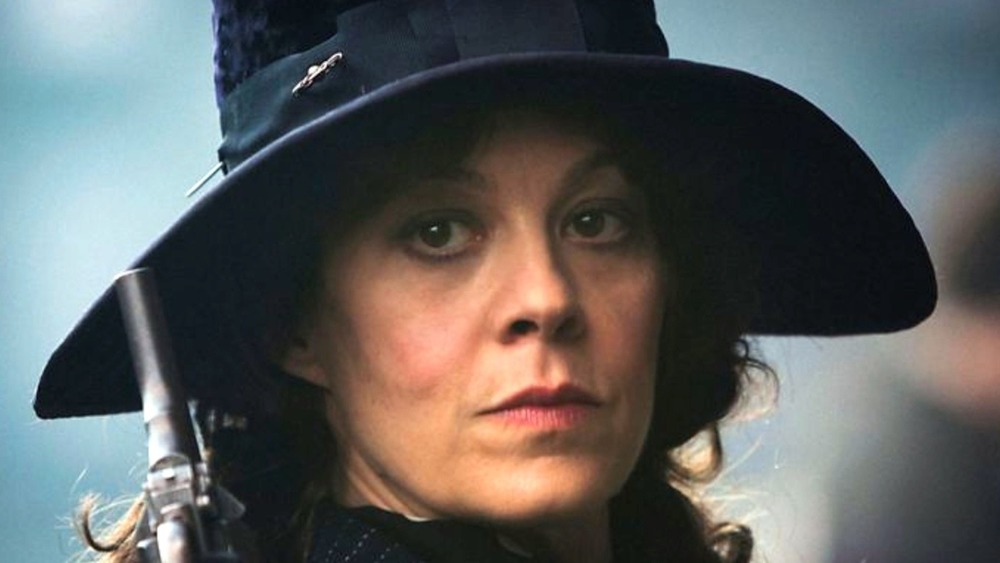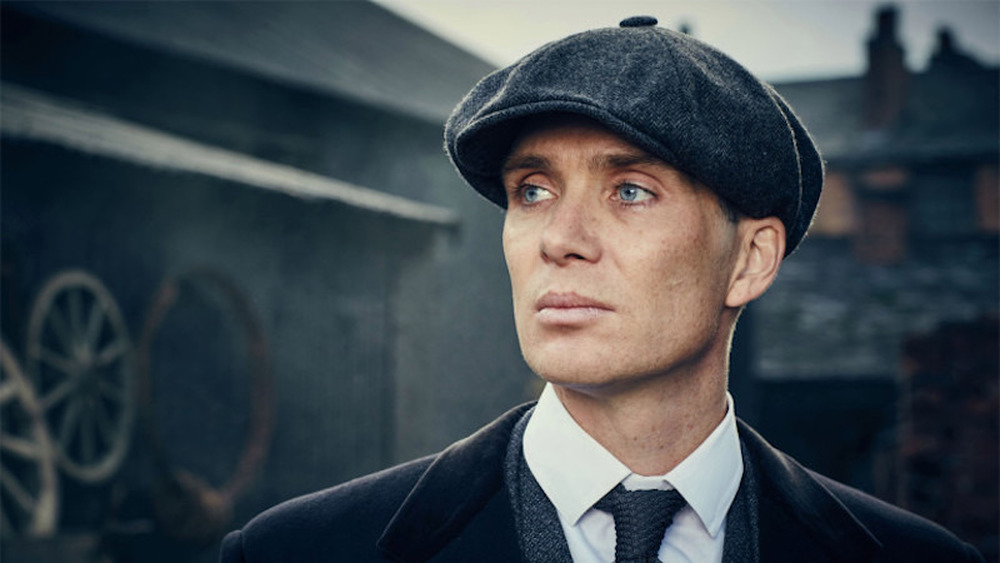How Historically Accurate Is Peaky Blinders?
One of the biggest questions most audiences have when watching historical dramas is, understandably, whether or not these events actually took place in real-life. And since Netflix's Peaky Blinders has picked up a huge following, many are wondering whether the series is based on a true story. The simple answer is that the show's creator Steven Knight has crafted a captivating story that blends fact and fiction while occasionally dropping real historical figures in the mix to help the series feel a little closer to our own world. Unfortunately, the entire Shelby family was created for the series, so we're sorry to disappoint but that means Cillian Murphy's captivating Tommy Shelby wasn't a real person and didn't wind up becoming part of the British government. But there are other characters and events that were pretty historically accurate.
The gang themselves really did exist in Birmingham, but they actually banded together a lot earlier than the series imagined. The earliest record of the "Small Heath Peaky Blinders" goes back to the 1890s, when a number of poorer young men in the slums of Birmingham started assaulting and robbing men in the streets. However, the meaning behind the Peaky Blinders name has nothing to do with attacking their victims with razor blades sewn into their caps. Once they were a little more established, the group pushed into other criminal enterprises such as illegal bookmaking, something the Shelby empire took part in throughout the series.
Instead of placing the fictional Peaky Blinders timeline before the turn of the century, Steven Knight imagined how the aftermath of World War I would have impacted organized crime and the working class — putting Tommy Shelby and the gang in the 1910s and 1920s.
A number of historically accurate figures pop up in Peaky Blinders
The first two seasons also saw Jurassic Park's Sam Neill come to Birmingham as Inspector Chester Campbell from the Royal Irish Constabulary to track down missing guns for Prime Minister Winston Churchill. It seems as if Campbell was inspired by an Irish policeman named Charles Haughton Rafter, who was brought to Birmingham in 1899. Historian Carl Chinn told the Express that Rafter went on a huge campaign to hire large numbers of new officers to fight gangs like the Peaky Blinders.
Churchill also appears throughout the series over the course of his career, and other political figures, such as Oswald Mosely, figure into the show by season 5. Moseley (Sam Claflin) was the leader of the British Union of Fascists, butting heads with Cillian Murphy's charming gang leader. Tommy attempted to have Mosely killed but that didn't exactly go as planned, which makes sense since the former BUF leader lived until 1980.
Another influential figure involved in seasons 4 and 5 was British communist and trade union leader Jessie Eden, portrayed in the series by Charlie Murphy. Although the show could have used her as a way of examining the struggles of the working class amidst events like the 1929 stock market crash, the writers instead gave her a romantic subplot with Tommy after Grace Shelby's death.
So even though Peaky Blinders is steeped in real-world events and people, the focus on the fictional gang adds an unpredictable flair to the story. As mentioned earlier, Tommy even becomes a member of Parliament. This means anything is possible for season 6, which sees the story edge closer to World War II, and the Peaky Blinders movie that producer Steven Knight has in the works.

